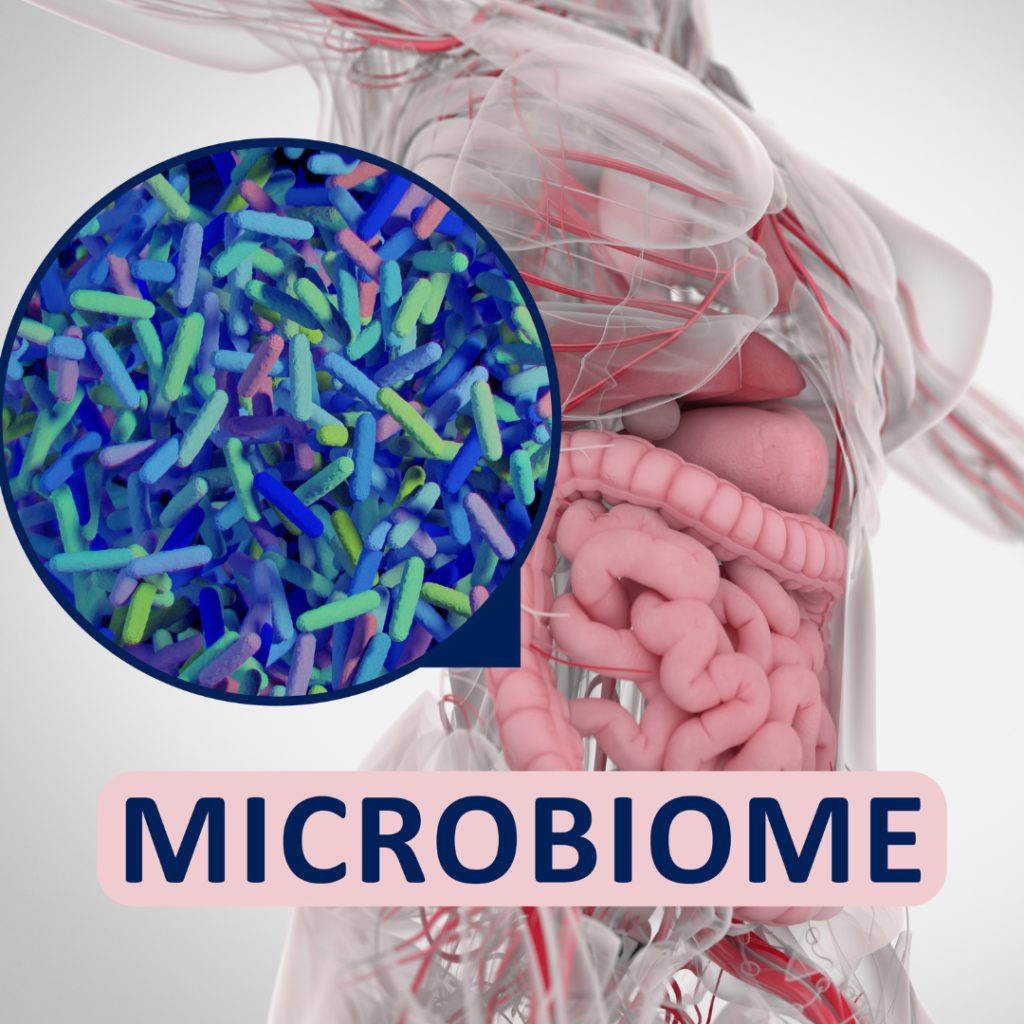It’s a Gut Feeling!
When we refer to the “gut” what we are talking about is the inner lining of the small intestine. This is a massively complex organ, much more than a simple conduit for food as it is digested. The lining of the gut is responsible for making immune cells, particularly Immunoglobulin A, and this is considered to be the first line of immune defense. The lining is also responsible for the absorption of our nutrition, including vitamins, minerals, amino acids from proteins, and fats. Additionally, the build-up and break down of our brain chemicals, referred to as neurotransmitters, occurs in the gut! This is the reason that some practitioners refer to the gut as the “second brain”. Disruption of any and all of these functions can occur when the gut is bombarded by toxins, and this includes those produced by mold.
Furthermore, the immune lining of the gut can be dramatically altered by chronically elevated levels of cortisol produced by the adrenal glands when the body is under stress, physical and psychological, and a vicious cycle can emerge. The lining becomes poorly protective, it may be highly reactive (food allergies) and more susceptible to the overgrowth of undesirable bacteria and yeast, and then become further compromised.
The healthy gut has an array of billions of beneficial bacteria, which actually help increase the levels of IgA to support the immune system. Toxins dramatically reduce the number of these good bacteria and allow the proliferation of undesirable and opportunistic bacteria and most notably, candida yeast.
We all have a little bit of candida, and when it is proper proportion to the rest of the organisms of the GI tract, it is protective against some forms of toxic bacteria which can cause severe illness. Unfortunately, when it grows out of control, it becomes a predominant organism and is extremely disruptive to the system with far-reaching symptoms. It also produces its own mycotoxins, which cause symptoms quite a bit like those of the toxic molds in the environment.
What can be obvious are the actual gastrointestinal symptoms that may present when things are out of balance. These can include chronic bloating, swelling, alteration in bowel habits, heartburn, indigestion, and abdominal pain. What is less obvious is the connection to other symptoms. The development of food sensitivities is very common; foods previously well-tolerated become the cause of anything from skin rashes to headaches, brain fog, and even depression. To make it even harder to detect is the fact that these food sensitivities may have up to a 24-hour delay between eating them and displaying symptoms making the connection hard to pin down.
If you suspect your gut is at the root of your problems, then here is a suggested protocol. Try to stay with it for at least one month and see how much progress you make!
DIET: Don’t put things in the system that feed the problem. Sugar and refined carbohydrates are absolute no-nos. We generally take away both gluten and dairy proteins initially as these are very large molecules, difficult to break down, and can cause more inflammation in the gut lining. In general, this needs to be followed indefinitely. Many patients remark that they feel so much better doing this that they have no desire to return to sugar, gluten or dairy.
Staying organic as much as possible so as not to introduce other chemicals (pesticides, herbicides, antibiotics and growth hormones) into the system which adds to the burden, lowering immunity.
Drink purified water. Chlorine in our water system kills bacteria but not yeast, and it proliferates. A Zero Water filter pitcher will help you accomplish this.
Try not to eat the same things every day. This allows the system to not form antibodies to particular foods thus increasing food sensitivities. There are blood tests available that may give you an idea of which foods are particularly problematic. Usually, once the GI problems are addressed these foods may be able to be put back into the diet.
For more information and help with nutrition and diets for this, please consider a simple nutrition evaluation by Tammy Jett-Parmer, PA-C.
REMOVE: Gently killing off the yeast and/or bacteria through antifungal medications such as nystatin or Diflucan may be necessary. Herbal and natural remedies such as Oil of Oregano or Grapefruit seed extract may be helpful as well. Beware, though, if you try to kill off yeast without conforming to the dietary controls, you run the huge risk of creating resistant forms of yeast that are very hard to control.
REPLACE: Replace the abnormal bacteria and yeast with healthy ones. Flooding the system with good bacteria helps to re-establish good levels. Probiotics, usually measured in the 10s of billions of colonies are necessary. Some excellent ones that are not overly pricey include Orthomolecular Orthobiotic Plus and Klaire Labs Therabiotic Plus or Pro5. These may be found here on our Wellevate portal.
Digestive enzymes may also be very helpful, as when under stress the body tends to shut down the production of enzymes leading to problems with indigestion and reflux. Enzymes taken with meals can help these symptoms dramatically. Klaire labs Vitalzymes complete are a great option and are also available in a chewable from.
Replenish: Adding fiber to the diet through vegetables and low glycemic fruits give the good bacteria a substrate to act upon, raising levels of immunity. There are also some immune boosters for the GI tract, such as Colostrum, which help to make the lining healthier and more resilient to the abnormal growth of candida.
What you may find by following these protocols is that you not only experience less gastrointestinal symptoms, but also a clearer mind, less anxiety or depression, resolution of headaches, and better stamina overall.
By Susan Tanner, MD


